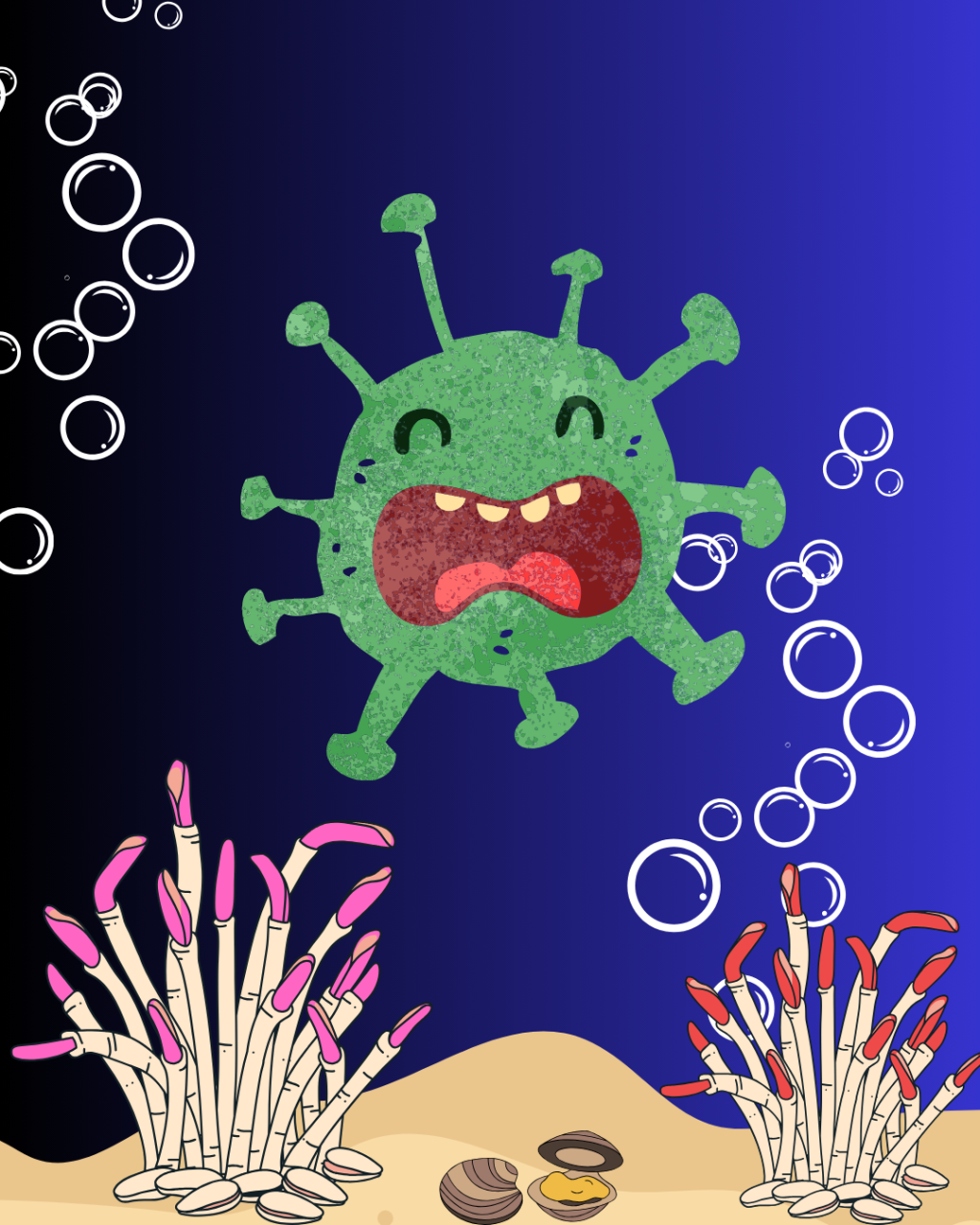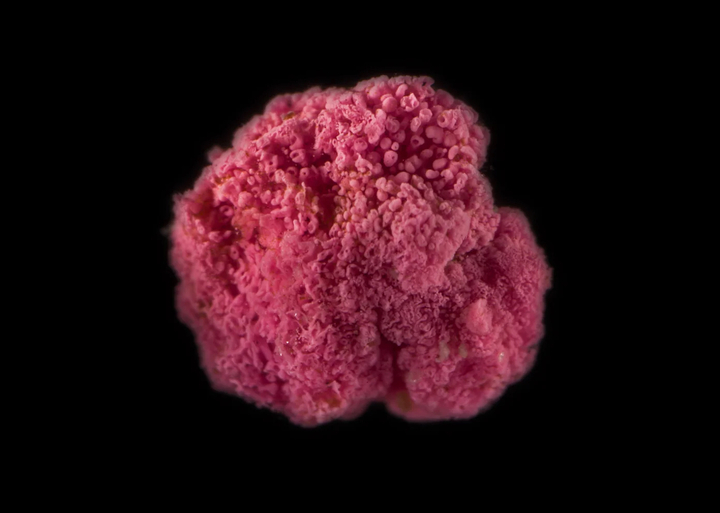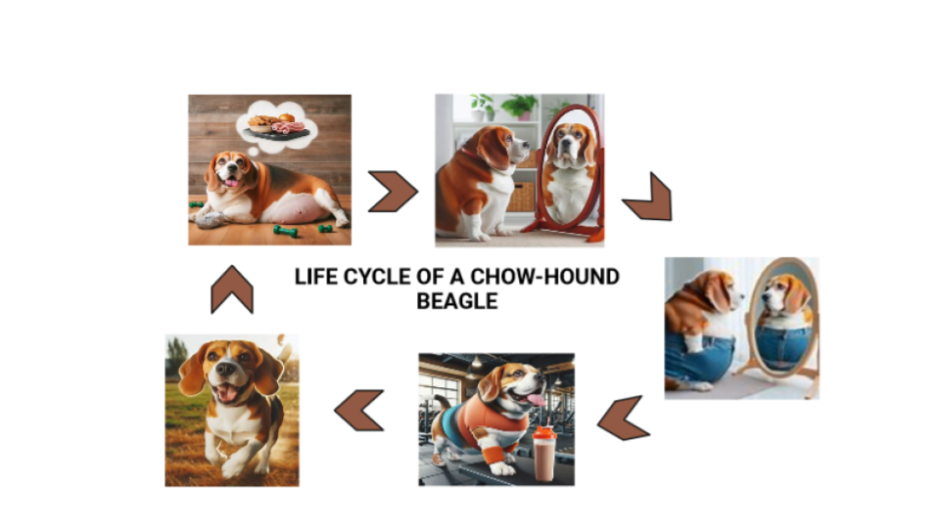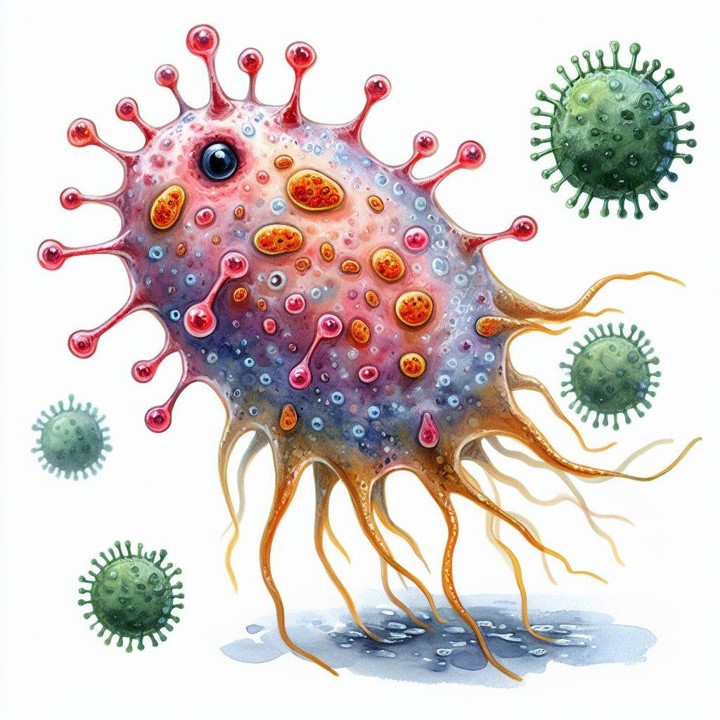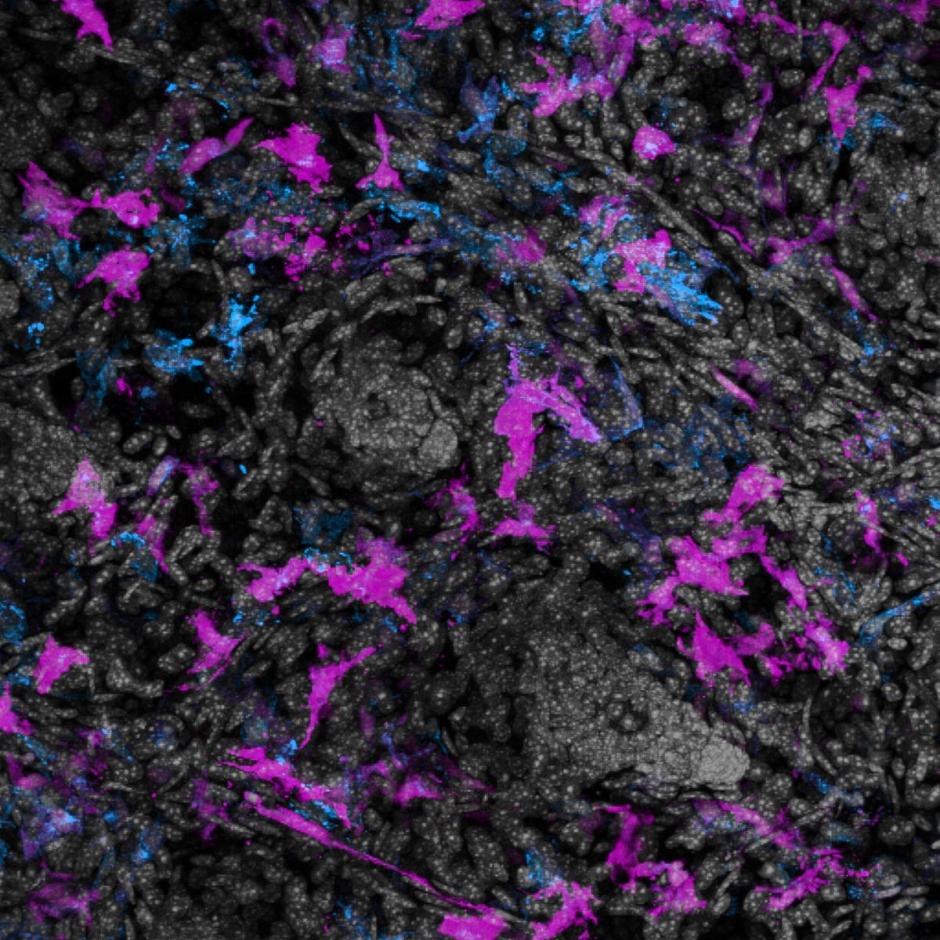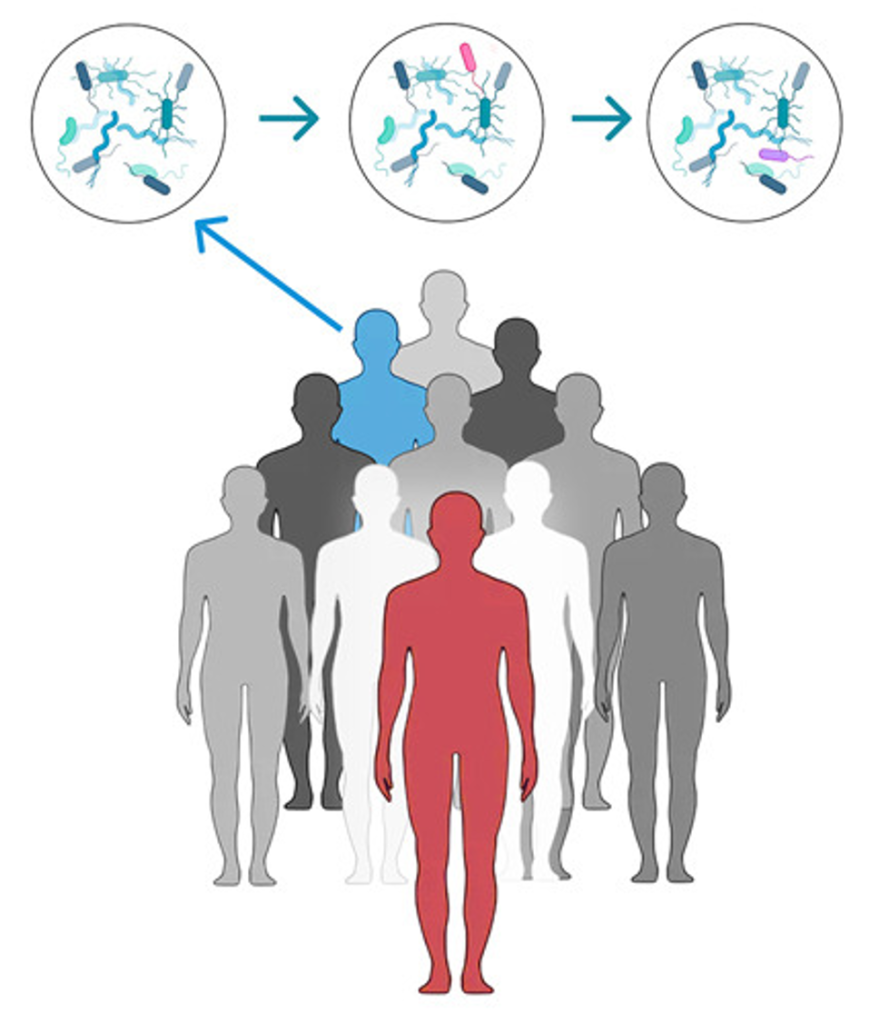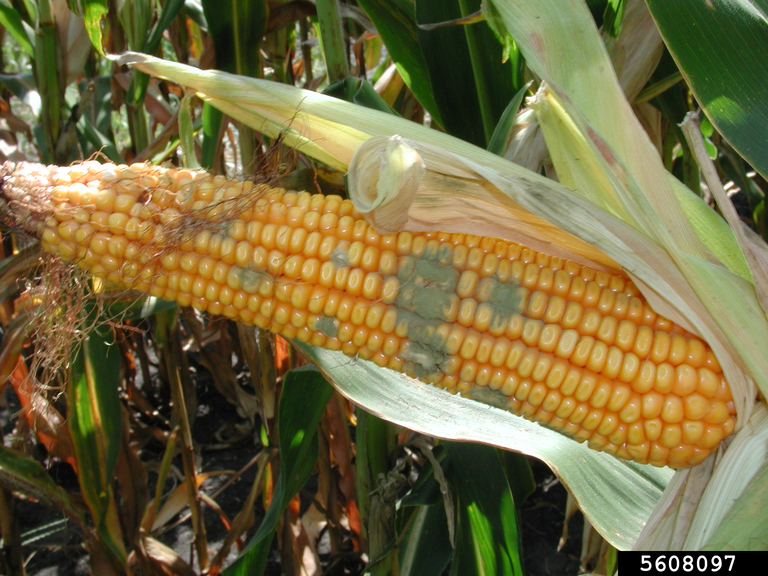
Breaking down the microbiology world one bite at a time
Survival Strategies in the Deep
Not much seems to survive in the cold, dark depths of the ocean, at least to the human eye. However, there aren’t many environments where microbes don’t find a way to persevere. While researchers know that bacteria can thrive under immense pressure where sunlight cannot touch, less is known about how viruses fare at these depths.
Cold seeps are ocean environments, and unlike hydrothermal vents, which emit hot temperatures, cold seeps stay relatively cool. At cold seeps, hydrocarbons, methane, and other fluids seep out of the Earth’s crust. But despite their harsh environments, researchers have recently discovered a rich diversity of viruses in the sediment from cold seep environments.
Surviving in harsh environments is no easy feat and can require special adaptations. Up until recently, these adaptations remained a mystery, but a new study sought to understand how so many different kinds of viruses can survive in cold seeps. Researchers collected two different sediment samples from three different cold seeps near China, two active ones and one where life had been long extinct. From their sediment samples, they identified all the different genetic sequences and determined what kinds of microbial species were present.
To get an idea of how viruses adapted, they looked first at the bacteria found within their samples. Just like we fight off colds with our immune systems, bacteria have evolved different systems to fight different viruses. By looking at the antiviral systems present in the cold seep-dwelling bacteria, researchers can get an idea about host-virus interactions happening in the ocean depths.
Many of the bacterial species identified in the cold seep samples had both restriction-modification systems and CRISPR-Cas systems. Restriction-modification systems use special proteins called restriction enzymes that cut up viral DNA. While CRISPR-Cas systems incorporate short DNA snippets from invading genetic elements into their own genome, which they can then use to recognize virus DNA and cut it up with a Cas protein. Both of these systems are effective at degrading viral DNA. Meaning that viruses and bacteria were interacting even at the ocean bottom.
Now that the researchers have an idea of how bacteria deal with viruses at cold seeps, they wanted to determine how the viruses were fighting back. But first, they needed to find out which viruses were actually present at their cold seep sites. They found a diversity of viruses, similar to what had been seen in previous studies. Many of the viruses belonged to the class Caudoviricetes, which are tailed phages that can infect bacteria. A lot of the viruses identified were also lytic, meaning they can replicate in bacteria and then burst them open to release more viruses.
Furthermore, the identified viruses had developed extensive counter-defense machinery to the bacteria’s antiviral methods. Although the bacteria had evolved ways to fight the viruses, the viruses developed ways to fight back. Many of viruses had proteins that bind to CRISPR-Cas systems, blocking its function. Other viruses had special enzymes that put proteins on their DNA making themselves unrecongizble to the bacteria. Some viruses were equppised with antitoxins to stop bacterial defense systems. Additionally, the researchers found that in order to survive the cold seep environment, many of the viruses had evolved different metabolic genes, which they predicted would increase their ability to survive.
Many viruses also had ways to help them adapt to their environment quickly. Diversity-generating retroelements were found within the viral genomes. These retroelements use something known as error-prone DNA synthesis. As it sounds, this kind of DNA synthesis introduces many errors into the new DNA strand, which ultimately can introduce mutations throughout the genome. Diversity-generating retroelements speed up the evolution process by introducing a lot of genetic diversity quickly.

However, when researchers looked at similar genomes between related viruses, they saw very low diversity. Single nucleotide polymorphisms are tiny variations between DNA sequences, where the DNA building block is changed to a different building block. Scientists can determine how similar different DNA sequences are by looking at the tiny changes. Not many single nucleotide polymorphisms were found in the case of the identified cold seep viruses. This differs from most other viral communities, like those that live on the ocean surface, which have high genetic diversity.
The high genetic similarity between the viruses could be due to the selective pressures of their difficult-to-live-in environments. Even though the viruses had retroelements to introduce diversity quickly, any virus that has mutations not perfectly suited to the cold seep is likely weeded out, keeping genetic diversity pretty low.
The kind of virus and what species it infected did have some effect on the virus’s genetic diversity. Viruses associated with archaea, single-celled microorganisms often characterized by their ability to live in extreme environments, showed higher genetic diversity. Additionally, viruses living at deeper parts in the collected sediment from active cold seeps had higher genetic diversity, suggesting that different environments within the cold seeps can impact viruses’ strategies for survival.
Viruses have managed to not only find a way to survive in the dark depths of cold seeps but have also found a way to thrive. With every new finding, researchers gain a better understanding of the incredible adaptations that allow viruses to flourish in the harshest conditions.
Link to the original post: Peng, Y., Lu, Z., Pan, D. et al. Viruses in deep-sea cold seep sediments harbor diverse survival mechanisms and remain genetically conserved within species. ISME J 17, 1774–1784 (2023). https://doi.org/10.1038/s41396-023-01491-0
Featured image: Image made by the author with Canva.com
